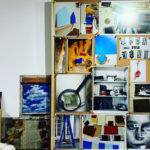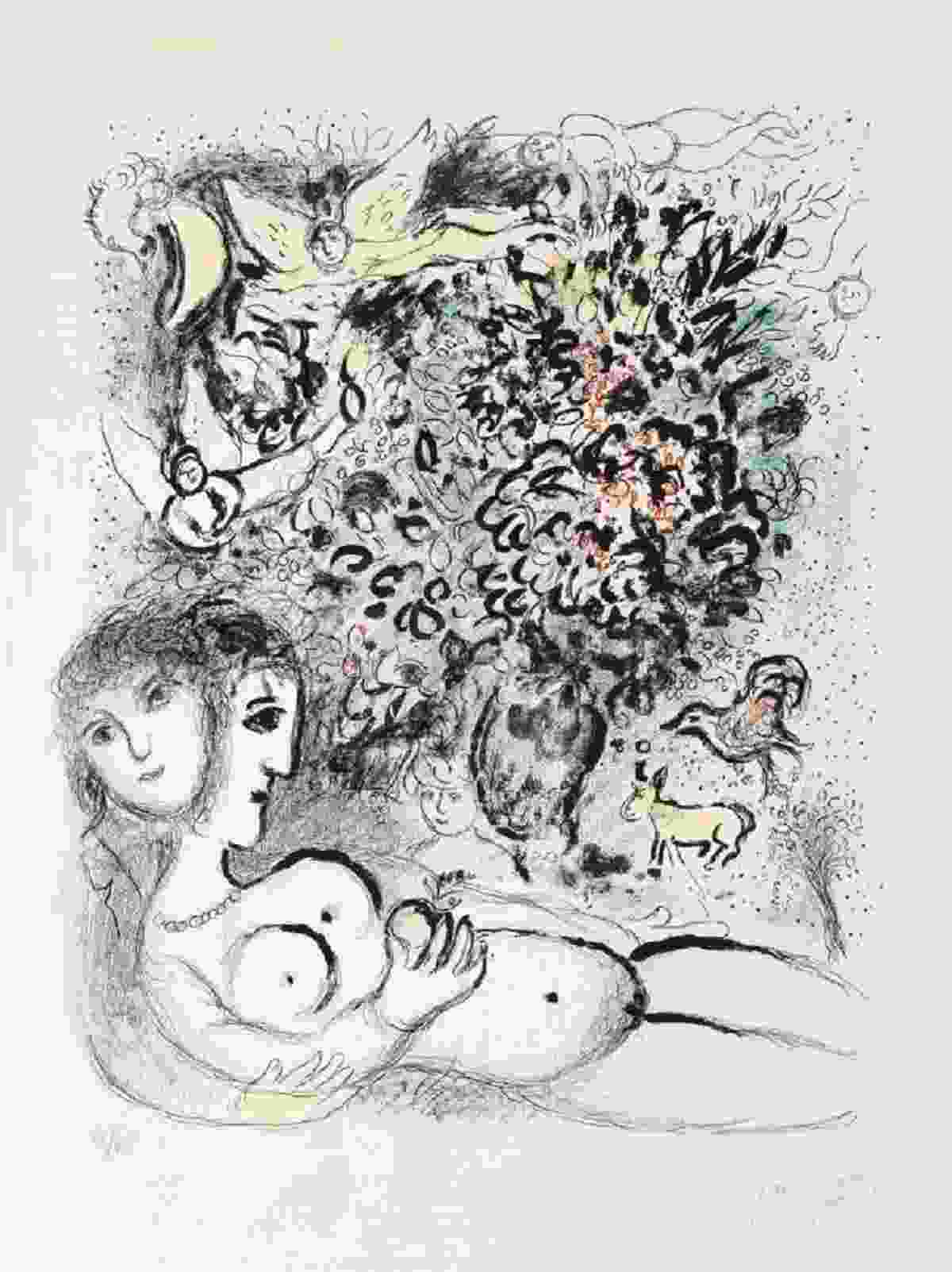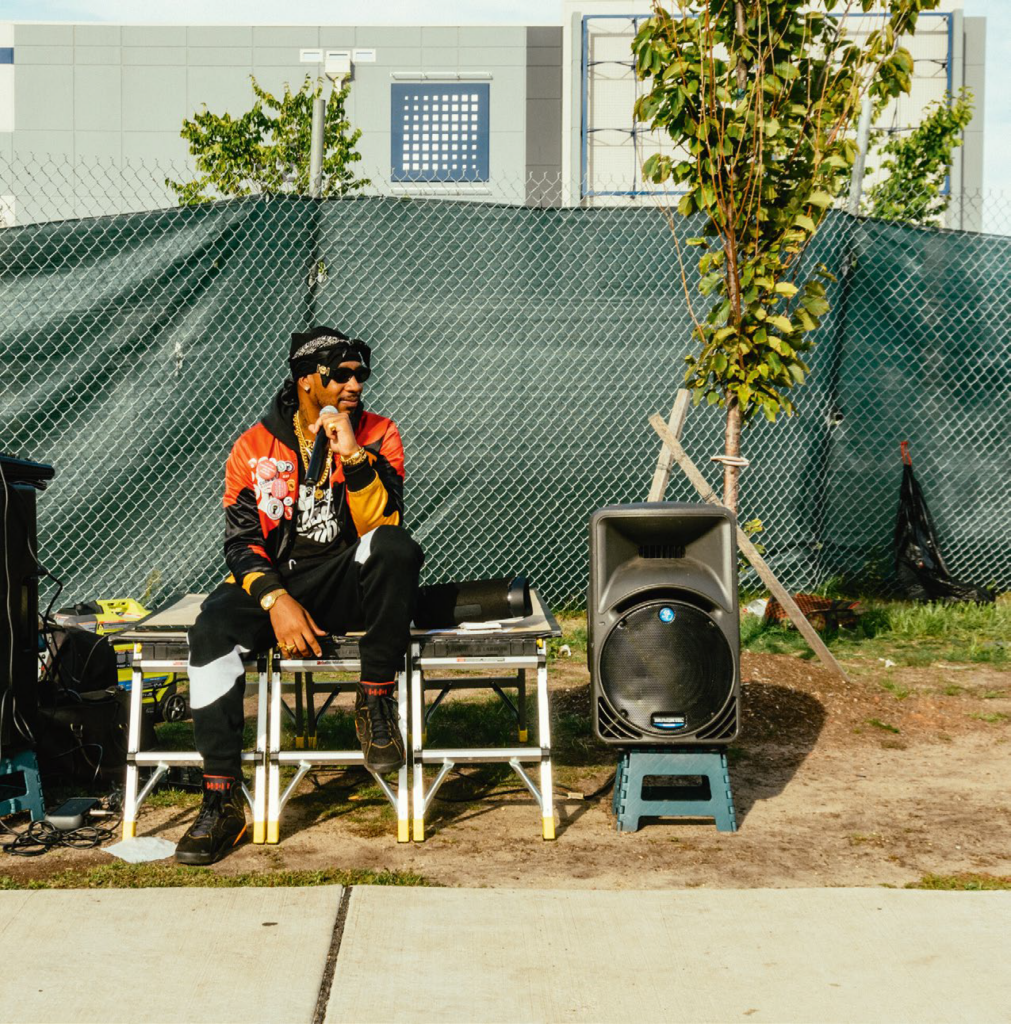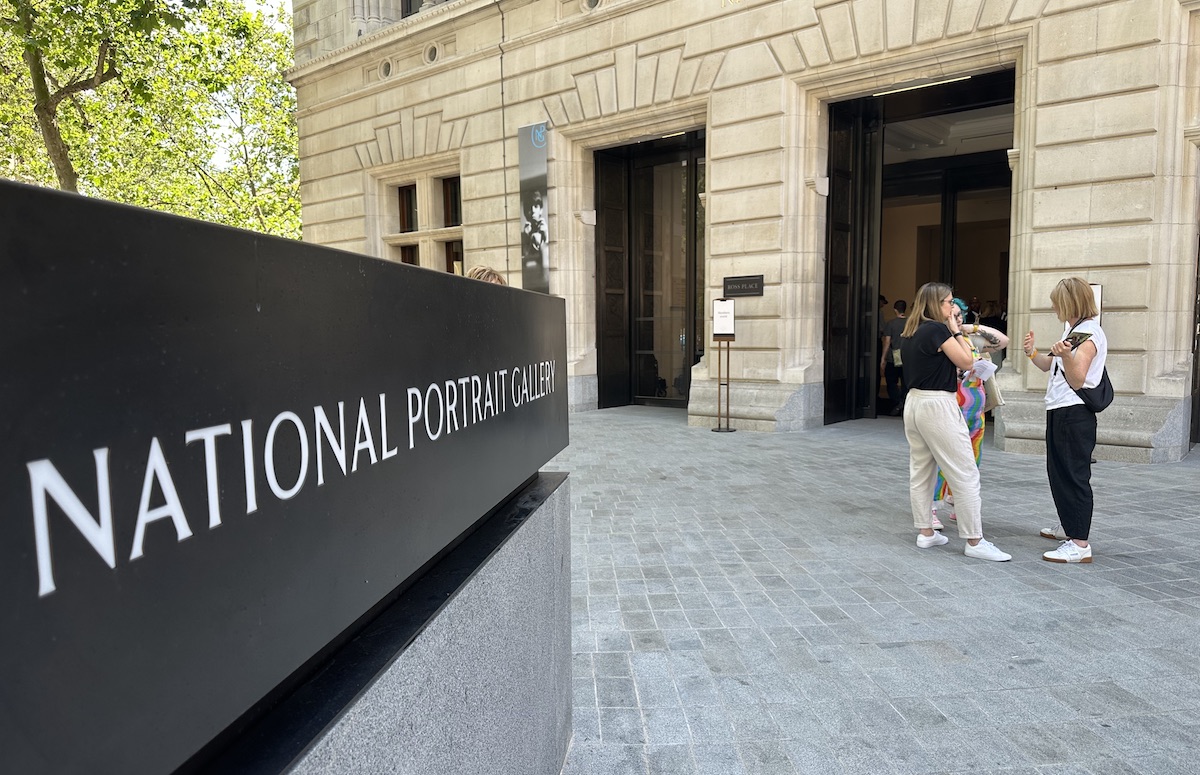Scrapbook
2015 - Film & Video (Film & Video)
48 min, dimensions variables
Bady Dalloul
Bady Dalloul’s Scrapbook is a 48 minute video beginning from his birth, tracing major global events of the 20 th century, including the beginning and current Occupation and colonization of Palestine, the atomic bombings of Hiroshima and Nagasaki, assassination of family members and the Syrian diaspora. A voice over follows these moments as the camera traces over the collage that includes text; photos; postcards; origami birds; and inserted videos of world leaders. The film is a letter to the viewer, imploring the witnessing of what we assume, but cannot know, to be the artist speaking. Here, the artist confounds the real and the fictional so as to escape from and reinvent the official narratives. In Japan the artist found a scrapbook whose pages were covered with little pieces of colored paper folded into origami, flattened and pasted. Dalloul kept it and here we find the source for a narrative intertwining the histories of Japan and Syria. In Hiroshima, he came across the story of Sadako, a young girl who suffered from leukemia as a result of the atomic bomb dropped on the city August 6, 1945. While dying she recalled the ancient legend that a person who makes a thousand orgami will have their greatest wish granted. Between the origami on yellowed pages are texts and images combining reality and fantasy as they address questions of war and political, military and economic decisions, and their impact on the fate of individuals. Using both authentic and fictional archives, this work also explores the fabrication of memory through imposed narratives. By adopting different forms and tones in his work, Dalloul explores the mechanisms and processes of authority and domination, of imperialism, that were part of the manipulation of the region’s historical narrative and memory, and its repercussions on the collective imagination.
Bady Dalloul cunningly employs collage across various media: texts, drawings, video, and objects to produce powerful works commenting on the past and the present. His collages imply a construction, the fabrication of a space that is simultaneously autobiographical, critical, poetic and narrative. Thus, he makes narratives where the real and fiction, and individual and collective experiences, enter into a permanent dialogue questioning the official historical grand narratives. The artist conceived of a fragile book, tattered by time and long use. It’s a diary, and he has patiently filled every page. He has taken notes ever since his childhood spent in Paris and Damascus, cutting out and pasting in illustrations from history magazines and books to make up stories like Badland (1999–2004). His practice began as a way to keep busy and counter boredom and the incomprehensibility of the crisis that has held Syria in its grip for decades. For 5 years, he filled his notebooks with definitions, notes on events, information (scientific, geostrategic, military, economic and historical) and maps. A long-term project guided by a question, an obsession: do images represent the truth of our world?
Colors:
Related works sharing similar palette

© » KADIST
Nicholas Buffon
2016A series of works from 2016 document his neighborhood, replicating buildings and businesses he frequents within four blocks of his New York apartment...

© » THE JEALOUS CURATOR
Soooo, when Malcom Gladwell’s podcast network reaches out to you and says, “Hey Danielle, would you like to share part of an interview we did with Marina Abramović with your listeners”, you say, “ummm, OKAY!” I’ve put a little mini episode together, featuring a 20 minute excerpt from their show, “Talk Easy with Sam Fragoso”...

© » SLASH PARIS
Bertrand Dezoteux — Projection de Harmonie — L’ahah Griset — Screening — Slash Paris Login Newsletter Twitter Facebook Bertrand Dezoteux — Projection de Harmonie — L’ahah Griset — Screening — Slash Paris English Français Home Events Artists Venues Magazine Videos Back Previous Next Bertrand Dezoteux — Projection de Harmonie Screening Drawing, film Upcoming Bertrand Dezoteux, Harmonie (épisode 1), 2018 Film d’animation Courtesy Galerie Anne Barrault, Paris Bertrand Dezoteux Projection de Harmonie In 4 days: Friday, February 16, 2024 at 7 PM Bertrand Dezoteux Projection de film : “Harmonie” Le 16.02.24 à 19h L’ahah #Griset 4 cité Griset, 75011 Paris Projection du film de Bertrand Dezoteux, Harmonie, suivie d’un échange avec Bernard Gaube modéré par Camille Debrabant, commissaire de l’exposition « Hunimalité »...

© » ARTSY
5 Standout Shows to See at Small Galleries This November | Artsy Skip to Main Content Advertisement Art 5 Standout Shows to See at Small Galleries This November Maxwell Rabb Nov 17, 2023 1:00PM Lesia Vasylchenko Tachyoness , 2022 Catinca Tabacaru Gallery Sold María Fragoso Jara Bébete mi amor , 2023 1969 Gallery Sold In this monthly roundup, we shine the spotlight on five stellar exhibitions taking place at small and rising galleries worldwide...

© » ARTS EQUATOR
Weekly Southeast Asian Radar: The Philippine accent; Hockhacker remains defiant | ArtsEquator Thinking and Talking about Arts and Culture in Southeast Asia ArtsEquator Radar Still from The Unseen River via Saigoneer September 3, 2020 ArtsEquator’s Southeast Asia Radar features articles and posts about arts and culture in Southeast Asia, drawn from local and regional websites and publications – aggregated content from outside sources, so we are exposed to a multitude of voices in the region...

© » KADIST
Alexandre Arrechea
2006White Corner (2006) is a video installation, projected on two protruding perpendicular walls...
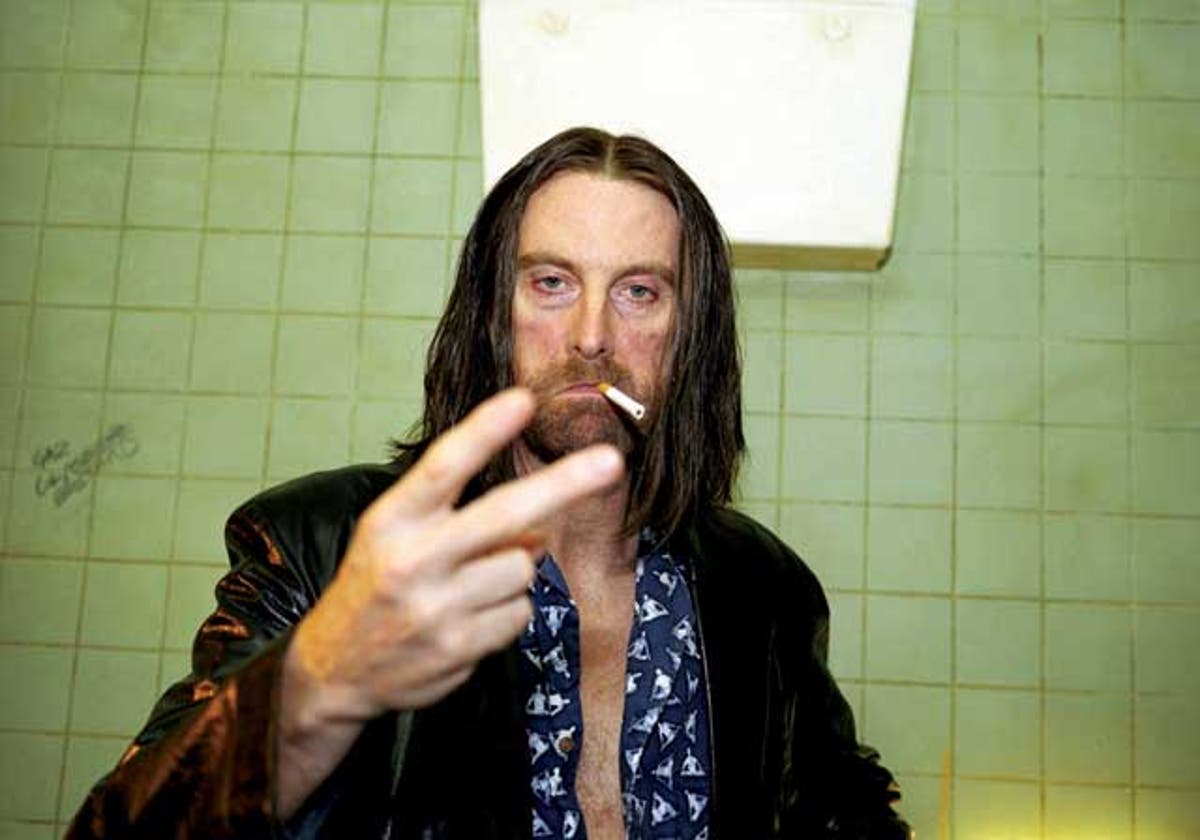
© » THE INDEPENDENT
Shameless was once a groundbreaking show but now seems to have lost its relevance | The Independent | The Independent Sign up for the View from Westminster email for expert analysis straight to your inbox Get our free View from Westminster email Please enter a valid email address Please enter a valid email address SIGN UP I would like to be emailed about offers, events and updates from The Independent...

© » KADIST
Online Seminar: Frequencies of Tradition With Anselm Franke, Ho Tzu Nyen, Chia Wei Hsu, Yuk Hui, siren eun young jung, Jane Jin Kaisen, Ayoung Kim, Hyunjin Kim, Hwayeon Nam, Emily Wilcox, and Soo Ryon Yoon The Times Museum and KADIST present three online sessions that consider tradition as a contested space, where one can critically reflect on Asian modernization and the Western canon...

© » KADIST
Chris Huen Sin-Kan
2013Contrast to the bustling and unrelenting experience of a city such as Hong Kong, Chris Huen Sin Kan paints the tranquil interiors of his apartment, where he leads a modest and almost hermit-like life...
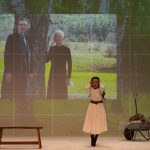
© » ARTS EQUATOR
Podcast 89: Critics Live: Three Sisters at SIFA 2021 | ArtsEquator Thinking and Talking about Arts and Culture in Southeast Asia ArtsEquator Viewpoints The Pond Photography June 22, 2021 Critics Corrie Tan (SG), Elisabeth Vincentelli (US), Jose Solís (US) and Sharaad Kuttan (MY) chat about Three Sisters by Singapore’s Nine Years Theatre and SITI Company from New York, presented at Singapore International Festival of the Arts (SIFA)...

© » KADIST
Tony Oursler
2012Continuing Oursler’s broader exploration of the moving image, Absentia is one of three micro-scale installations that incorporate small objects and tiny video projections within a miniature active proscenium...

© » KADIST
Chitra Ganesh
2010Rabbithole by Chitra Ganesh is a digital animation that refigures a fundamental plot device in myths and fables...


